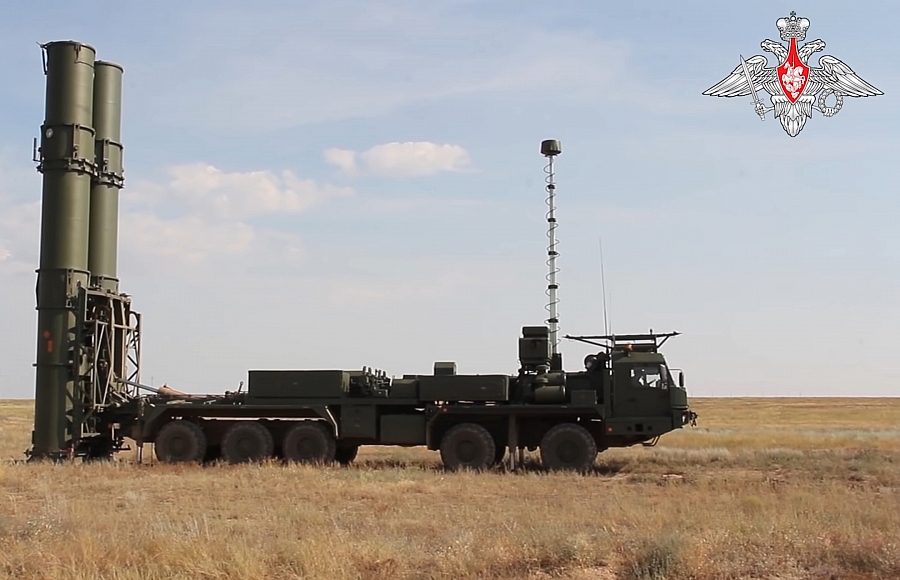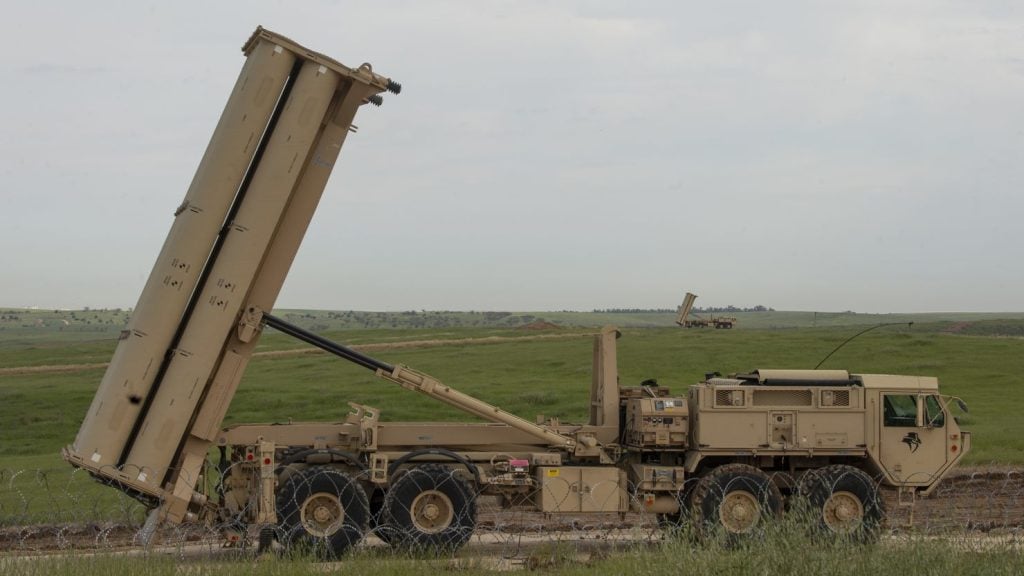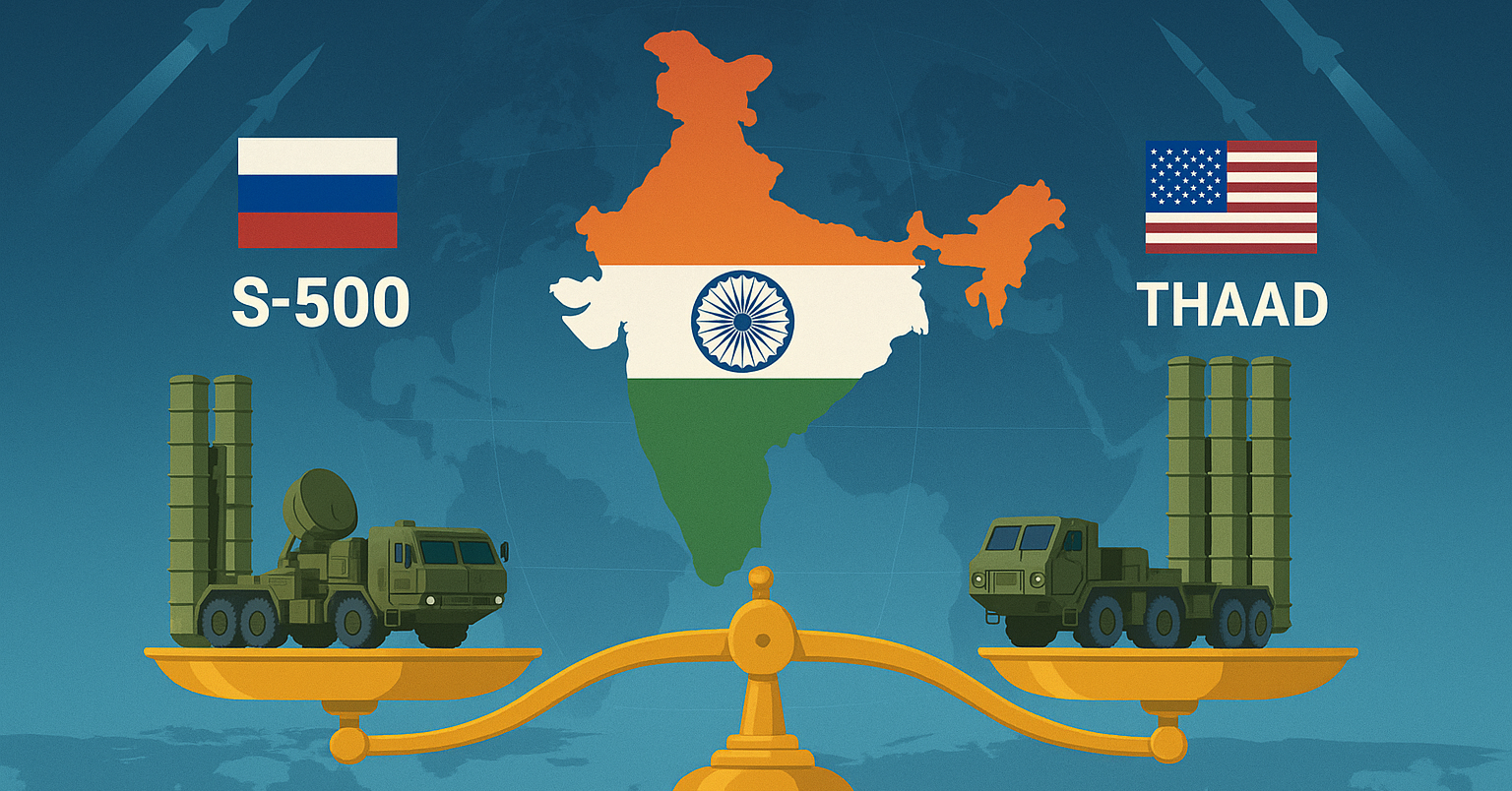India’s current air defence capabilities are a mix of advanced imported systems and indigenous technologies. Key among these are the Russian S-400 Triumf missile system, which India inducted starting in 2021 to counter aerial threats from Pakistan and China. Indigenous systems like the Akash missile, developed by DRDO, provide short-to-medium range surface-to-air defence, while the Israel-India joint venture Barak-8 missile system offers medium-range interception capabilities. Other systems such as the Quick Reaction Surface to Air Missile (QRSAM) and the upcoming XRSAM reflect India’s push toward self-reliance in air defence.
The S-500 ‘Prometey’ system is Russia’s next-generation air defence missile system, designed to supersede the S-400. Originating from Russia’s Almaz-Antey defense company, the S-500 boasts enhanced capabilities including interception of hypersonic missiles, ballistic missiles, stealth aircraft, and even low-orbit satellites, indicating potential anti-satellite (ASAT) functionality. It has a longer range and faster response time than the S-400, with detection and engagement ranges up to 600 km for air targets and 500 km for ballistic missiles.
This question is particularly relevant now due to evolving regional security dynamics in Asia, including China’s rapid missile advancements (notably hypersonic weapons), ongoing tensions with Pakistan, and an intensifying arms race. India’s need to maintain technological edge and strategic deterrence amid these changing threat perceptions makes the consideration of acquiring the S-500 timely.
What is the S-500 System?
The S-500 Prometey is a highly advanced Russian surface-to-air missile system developed to counter next-generation aerial threats. It can intercept a wide spectrum of targets including ballistic missiles, hypersonic missiles traveling at speeds up to Mach 20, stealth aircraft, and satellites in low Earth orbit. The system can track and engage up to 100 targets simultaneously, surpassing the S-400’s capacity of 80 targets.
Key capabilities include:
- Engagement range of approximately 600 km for air targets and 500 km for ballistic missiles.
- Interceptors operate at altitudes exceeding 185 km, allowing destruction of high-altitude targets including satellites.
- Response time of 3-4 seconds, significantly faster than the S-400’s 9-10 seconds.
- Potential anti-satellite (ASAT) capability, making it a strategic asset in space warfare.
- Ability to counter emerging hypersonic threats, which are difficult to intercept with older systems.

India’s Existing Air Defence Infrastructure
India’s air defence network is layered and diverse with major equipments as:
- S-400 Triumf: Acquired from Russia, deployed primarily in Punjab to counter threats from Pakistan and China. It can track over 100 targets and intercept missiles and aircraft up to 400 km away.
- Akash Missile System: An indigenous short-to-medium-range surface-to-air missile system developed by DRDO with about 96% indigenous content. It is mobile and capable of engaging multiple aerial targets simultaneously, including drones and missiles.
- QRSAM: Quick Reaction Surface to Air Missile system developed indigenously for rapid deployment and defense against low-level aerial threats.
- XRSAM: Under development, intended to provide long-range surface-to-air missile coverage with indigenous technology.
- Ballistic Missile Defence (BMD) Program: India has Phase I and II of its BMD program aimed at intercepting ballistic missiles at various altitudes.
- Barak-8: A joint India-Israel medium-range surface-to-air missile system capable of intercepting fighter jets, cruise missiles, ballistic missiles, and UAVs. It has a range of 70-100 km and is deployed on naval and land platforms.
Also Read: Complete List of India’s Air Defence Systems as of 2025
These systems collectively contribute to a multi-layered defence architecture that blends indigenous production with strategic imports, supporting India’s goal of defence autonomy under the Make in India initiative.
Difference between S-400 and S-500
Here are the key differences between the Russian S-400 and S-500 air defence missile systems:
| Feature | S-400 | S-500 |
|---|---|---|
| Range | Up to 400 km for air targets | Up to 600 km for air targets; 500-600 km for ballistic missiles |
| Target Tracking & Engagement | Can track up to 80 targets simultaneously; engage 6 targets at once | Can track and engage up to 100 targets simultaneously; engage 10 hypersonic targets at once |
| Interception Speed | Intercepts targets up to Mach 14 | Intercepts targets up to Mach 20 |
| Missile Types | Uses 40N6, 48N6, 9M96E, 9M96E2 missiles | Uses advanced missiles including 40N6E and 77N6 kinetic hit-to-kill interceptors |
| Altitude Engagement | Effective against ballistic missiles and aircraft at lower altitudes (below ~30-40 km) | Can engage targets at altitudes up to 180-200 km (near space) |
| Hypersonic & Space Capabilities | Not specifically designed for hypersonic or space threats | Designed to intercept hypersonic missiles and low Earth orbit satellites; has anti-satellite (ASAT) capability |
| Response Time | Approximately 9-10 seconds | Faster response time of 3-4 seconds |
| Interception Method | Blast-fragmentation warheads | Kinetic hit-to-kill interceptors for higher precision and lethality |
| Radar & Detection | Advanced multi-frequency radar capable of tracking stealth aircraft | Jam-proof, multi-frequency radar capable of tracking stealth and near-space targets with longer detection range (up to 2000 km for ballistic targets) |
In summary, the S-500 is a next-generation system that significantly extends the range, speed, and altitude envelope of the S-400. It adds advanced capabilities to counter hypersonic missiles and space-based threats such as satellites, which the S-400 cannot. The S-500 also features faster response times and more precise kinetic kill interceptors, making it a strategic game-changer for modern air and missile defence.
Strategic Arguments In Favour of Buying S-500
- Enhanced Defence Against China and Pakistan: The S-500’s ability to counter hypersonic missiles and ballistic threats aligns with the need to neutralize advanced Chinese missile systems like the DF-17. It would add a critical upper layer to India’s air defence, complementing the S-400 and indigenous systems.
- Deterrence Value: Possession of cutting-edge interception technology strengthens India’s deterrence posture by complicating adversaries’ attack plans.
- Technology Access: Procuring the S-500 could open avenues for technology transfer or co-development with Russia, benefiting India’s own missile programs.
- Future-Proofing: As space and hypersonic threats grow, the S-500’s ASAT and hypersonic interception capabilities prepare India for next-generation warfare challenges.
Arguments Against Buying S-500
- High Cost: The S-500 is expected to be significantly more expensive than the S-400, potentially straining India’s defence budget.
- Dependence on Russia: Continued reliance on Russian technology could be risky amid geopolitical uncertainties and sanctions regimes.
- Impact on India-US Relations: Further Russian arms purchases risk triggering CAATSA sanctions from the US and may strain India’s strategic partnerships within the QUAD framework.
- Redundancy/Overlap: India recently inducted the S-400 and is advancing indigenous BMD and missile systems, possibly reducing the immediate need for the S-500.
- Setback to Indigenous Development: Buying the S-500 might slow down or overshadow indigenous projects like XRSAM, affecting long-term self-reliance goals.
Geopolitical and Diplomatic Considerations
India’s historic defence ties with Russia remain strong but Russia’s technological edge is perceived as declining compared to Western systems. India must balance its strategic autonomy with maintaining good relations with the West, especially the US, which provides advanced technology and supports India’s regional ambitions. Procuring the S-500 could complicate this balancing act, affecting India’s global image and defence diplomacy. The potential US pushback over CAATSA sanctions remains a key diplomatic risk.
Technological Integration & Operational Feasibility
Integrating the S-500 with India’s existing radar networks, command-and-control systems, and space tracking infrastructure poses challenges. The system’s advanced capabilities require sophisticated radar and space surveillance assets to fully utilize its long-range and ASAT features. Additionally, logistics, maintenance, training, and lifecycle support for such a complex system would demand significant investment and coordination.
Alternatives to Buying S-500
- Enhance Indigenous Programs: Accelerate development and deployment of XRSAM and Phase II BMD to build a self-reliant layered defence.
- Western Cooperation: Increase collaboration with Western countries for integrated air defence technologies and space-based capabilities like THAAD.
- Invest in Space and Electronic Warfare: Develop space surveillance, electronic warfare, and cyber capabilities to complement missile defence.
S-500 vs THAAD
| Feature | S-500 (Russia) | THAAD (USA) |
|---|---|---|
| Primary Role | Multi-role air defense and anti-ballistic missile system capable of intercepting aircraft, cruise missiles, hypersonic missiles, ballistic missiles, and low Earth orbit satellites (ASAT capability). | Terminal-phase ballistic missile defense system designed specifically to intercept medium- to intermediate-range ballistic missiles during their terminal descent. |
| Interception Range | Up to 400-600 km against air and ballistic missile targets (varies by source); approx. 500 km for air targets, 400 km for ballistic missiles. | Approx. 200-250 km interception range against ballistic missiles. |
| Detection Range | Radar detection up to 800 km for targets; can track stealth and hypersonic threats. | Radar detection up to 1000 km; superior in early detection of subtle targets (700 km detection for stealth targets). |
| Altitude Engagement | Can engage targets at altitudes up to 180-200 km (near-space and low Earth orbit). | Intercepts targets up to 150-200 km altitude in the terminal phase of ballistic missile flight. |
| Interception Speed | Extremely high interceptor speed (~7200 m/s). | Interceptor speed around 5400 m/s. |
| Interception Method | Uses conventional warheads with blast-fragmentation effect (explodes near target to disable it). | Kinetic hit-to-kill interceptor that destroys targets by direct collision using kinetic energy. |
| Simultaneous Target Engagement | Can engage up to 10 ballistic or hypersonic targets simultaneously. | Can engage multiple targets but generally fewer simultaneous engagements compared to S-500. |
| Mobility | Road-mobile system with transporter-erector-launchers (10×10 chassis). | Mobile, truck-mounted launcher system. |
| Versatility | Multi-domain: capable of intercepting hypersonic missiles, stealth aircraft, cruise missiles, ballistic missiles, and satellites. | Specialized for ballistic missile defense; limited capability against maneuverable or aerodynamic targets like aircraft. |
| Operational Status | Recently tested and deployed in limited numbers; cutting-edge system with some capabilities still classified. | Fully operational and deployed by the US and allied countries since early 2010s. |
| Cost & Development | Newer system with potentially high acquisition and maintenance costs; developed from scratch with new radars and missiles. | Expensive system with over $15 billion R&D investment; well-established technology. |
S-500 is a next-generation, multi-role air and missile defence system with extended range, higher altitude engagement, and broader target spectrum including hypersonic missiles and satellites. It uses conventional warheads and emphasizes versatility and rapid response.
THAAD is a specialized terminal-phase ballistic missile defense system with superior detection range and kinetic hit-to-kill interceptors, optimized to destroy incoming ballistic missiles at high altitudes during their descent. It excels in early detection and precise interception but is less versatile against other aerial threats.
While both systems serve missile defense roles, the S-500 offers a more comprehensive air defense umbrella including space and hypersonic threats, whereas THAAD is focused on high-altitude terminal interception of ballistic missiles with kinetic kill technology.

Conclusion
The S-500 represents a leap forward in air and missile defence technology with capabilities well-suited to counter emerging threats from hypersonic and space-based weapons. Strategically, it would enhance India’s deterrence and future-proof its air defence. However, the high cost, geopolitical risks, potential impact on indigenous development, and integration challenges warrant careful consideration.
Given India’s recent S-400 induction and ongoing indigenous efforts, a balanced approach emphasizing long-term self-reliance and strategic autonomy may be preferable. India could consider waiting for the S-500 to mature further while investing in Make in India initiatives and diversifying defence partnerships to maintain a robust, future-ready air defence posture.













